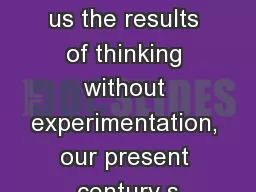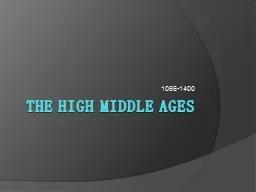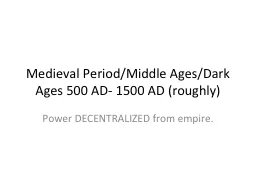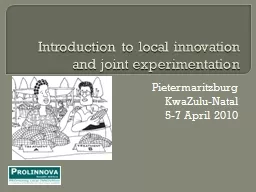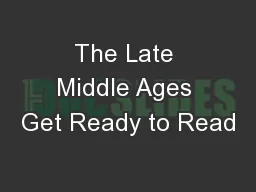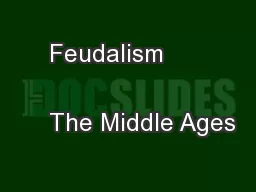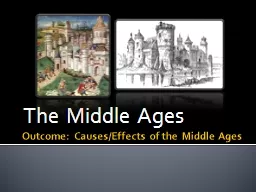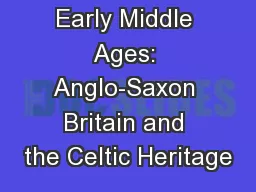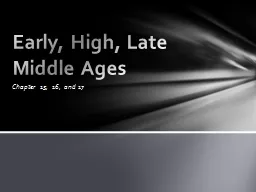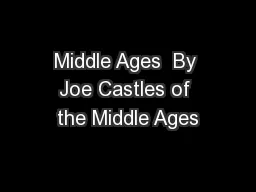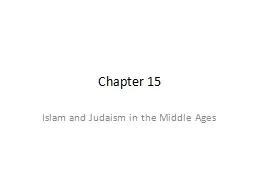PPT-“The middle ages showed us the results of thinking without experimentation, our present
Author : giovanna-bartolotta | Published Date : 2018-10-07
Arthur Schopenhauer An Age of Fiefs and Faith Within the new kingdoms of Western Europe a highly fragmented and decentralized society with great local variation
Presentation Embed Code
Download Presentation
Download Presentation The PPT/PDF document "“The middle ages showed us the results..." is the property of its rightful owner. Permission is granted to download and print the materials on this website for personal, non-commercial use only, and to display it on your personal computer provided you do not modify the materials and that you retain all copyright notices contained in the materials. By downloading content from our website, you accept the terms of this agreement.
“The middle ages showed us the results of thinking without experimentation, our present: Transcript
Download Rules Of Document
"“The middle ages showed us the results of thinking without experimentation, our present"The content belongs to its owner. You may download and print it for personal use, without modification, and keep all copyright notices. By downloading, you agree to these terms.
Related Documents

